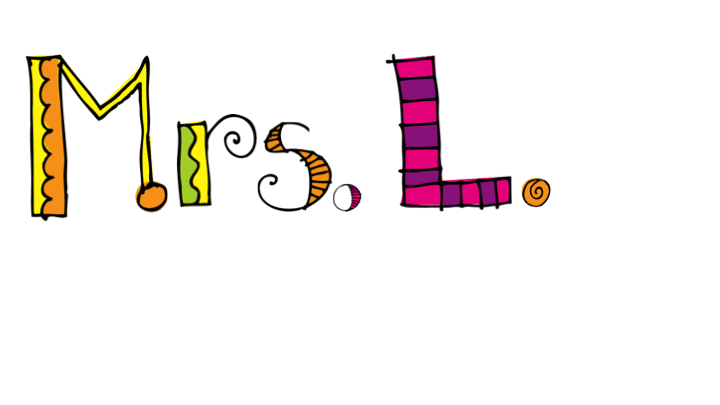So, how do you write a Marzano Scale that works? Continuing the theme of writing goals with your students for the new year, this third post is going to divulge my most helpful tips for how to write specific Marzano Scales. I’m going to share with you the thinking process and resources that have helped me to create my own scales. It’s not an easy job, and takes a lot of time, but hopefully these ideas will make the process a little more easy for you.

In order to create specific scales I started with a standard as my learning goal, and Marzano’s suggested outline (see page 2 of this document). You can see a quick video of how I composed my scales by visiting my RESOURCES tab above, Posters with Marzano Scales.
![]()
Below are some examples of different scales I’ve created for Math, ELA, lower and upper grades to give you some idea of the possibilities. One thing to think about before writing a scale is the structure of the specific content area standards. For instance, Common Core Mathematics standards are not very well sequenced from one grade level to the next. If you try to connect the content from previous grade levels into your scale you may or may not find skills that are directly related. That means more work for you to think about the sub-skills that would be required to break down a learning goal into small manageable steps for your students to follow. For this reason I found it even more important to cite the standards from pervious grade levels whenever possible. This gave me a quick reference if I needed to review concepts, skills or vocabulary. It also really helped me to know what to expect from my students because I knew what content they should have been exposed to previously.
When aligning content from previous or subsequent grade levels, think about the cognitive difficulty required. Some standards must be learned in order, such as 4.NF.1 and 4.NF.3 cited below. Other standards can be learned at the same time because no sequence is required. In this example I aligned content from the previous grade level based on what I knew they needed to understand before reaching the grade-level goal (level 3 of the scale).

While aligning content from previous or subsequent grade levels, know your content! Be sure to use a resource that gives examples of your State’s standards. Even if your state has adopted Common Core, there may be a few modifications to the title, phrasing, or content of your standards. Some states renamed their standards, but the content is exactly the same as Common Core. A few states revised the Common Core standards so the content has been slightly modified. If you’re not sure what your state or school’s requirements are, you can visit the Standards in Your State page.
In Arizona we are lucky enough to have a state document that gives specific examples of the types of problems and tasks that are expected in each standard. Here’s an example below. This is really important to know before deciding what sub-skills, concepts, or vocab to include in your scale. Your students will be referring to these scales as their guide toward progress and excluding important content will set them up for failure. Here’s an example of Arizona’s document for the 6.NS.1 standard, which exactly mirrors the Common Core. This document was one of my primary sources when developing my own math scales.
My second essential math resource was the Progressions of Standards documents published by the Common Core committee. This document helped me to understand how the skills in each cluster connect through the grade levels. This requires a lot more reading, but it really helps if you want to master your grade-level concepts, and create smooth content transitions from one year to the next. (See how 6.NS.1 is incorporated into 7.NS.2).

If you like the idea of scales, but don’t see yourself writing them, then check out my already-done-for-you Marzano Scales resources through the STORE or FREEBIES tabs above. All of my products on teacherspayteachers.com have downloadable sample pages to try out in your room for free.
This may be enough to chew on for one day! I’ll talk about integrating the Cognitive Skills (Marzano and Bloom’s Taxonomy) into your scales in a future post. Thanks for stopping by!
Thank you to Kharyse T. for your recent comments regarding:
“These assessments are perfect for my classroom. I can usually use these once a week so that I know how well the students are doing during in the unit. Also it helps the students know how they are doing when they get the assessments back! Thank you!” – December 20, 2015



Viel Glück in Ihrem Blog, wie ich weiterhin regelmäßig zu folgen.
Vielen Dank. 🙂
Thank you! I am so glad to hear you find it helpful. If you’d like to leave anymore suggestions for topics of interest, feel free to contact me here or to leave a message on my Facebook page – https://www.facebook.com/MrsLsLeveledLearning/